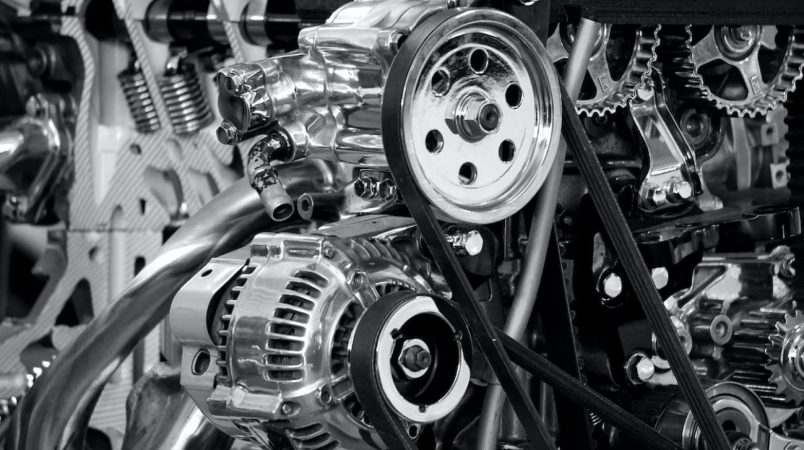
An electric rotary actuator is a device that uses electricity to power a rotating motion. This type of actuator is often used in manufacturing and other industrial applications. There are many different electric actuators, each with specific advantages and disadvantages. However, the most common type of electric rotary actuator is the AC motor. In this article, we are going to dive a bit into what electric actuators are and what makes them especially useful and important.
How Do Electric Actuators Work?
First and foremost, when it comes to how electric actuators work, there are two main types: brushed and brushless. Brushed electric actuators have carbon brushes that connect with the rotor, providing the electrical current that powers the device. Brushless electric actuators, on the other hand, do not have any brushes; instead, they rely on an electromagnetic field to generate the necessary power.
Both electric rotary actuators are highly efficient and provide several advantages over traditional hydraulic or pneumatic actuators. For example, they tend to be much smaller and lighter in weight, making them ideal for space-saving applications. In addition, they offer high precision and control, making them perfect for delicate manufacturing processes.
The Benefits Of Electric Actuators
Electric actuators are one of the most versatile and widely used actuators in manufacturing. They offer several advantages over other types of actuators, including:
- Electric actuators are extremely precise, making them ideal for use in automated systems where accuracy is critical.
- They have a wide range of speeds and torque output, making them suitable for various applications.
- Electric actuators are relatively low maintenance and can be easily controlled with a computer or other electronic device.
Electric Rotary Actuator Applications
In modern manufacturing, electric actuators play a vital role in automating many processes. As a result, they are used in a wide variety of applications, such as:
- Assembly line tasks: Electric actuators can be used to automate the assembly of products on an assembly line. For example, You can use them to pick up and position components, fasten them together, and move them on to the next stage of the assembly process.
- Packaging: Electric actuators can be used to automate the packaging of products. For example, you can use them to pick up products, place them into containers, seal them, and label them.
- Material handling: Electric actuators can automate materials handling in a factory or warehouse. For example, they can load and unload trucks, move materials around a facility, and stack pallets.
How to Choose The Right Electric Rotary Actuator
When it comes to choosing the suitable electric rotary actuator for your needs, there are a few things you need to take into account:
- The force required to operate the device will dictate the unit size and power you need.
- The speed you need it to operate, as this will again affect the size and power of the unit.
- It would be best to consider the environment in which it will be used, as some units are better suited to specific environments than others.
- You need to decide on a budget.
Once you have considered all these factors, you can start looking at different models and brands of electric actuators to find one that meets your needs. It is essential to read reviews before making your final decision, as this will give you an idea of how well each unit performs in real-world conditions. With some research, you should find an electric rotary actuator that meets your needs and gives you years of trouble-free operation.
Conclusion
Electric actuators are essential in modern manufacturing processes, enabling manufacturers to produce products with greater accuracy and reliability. They can be used for a wide range of applications, from controlling the position of parts during assembly to maintaining pressure on objects that need to remain compressed throughout the process. As technology improves, electric actuators will become more commonplace across all industries and critical for ensuring quality control within production cycles.

Taylor is a freelance SEO copywriter and blogger. His areas of expertise include technology, pop culture, and marketing.











